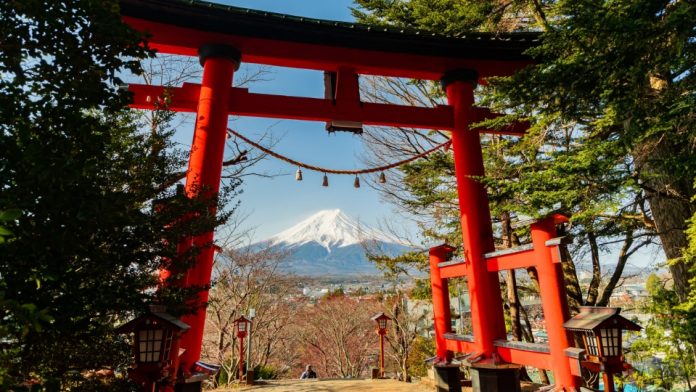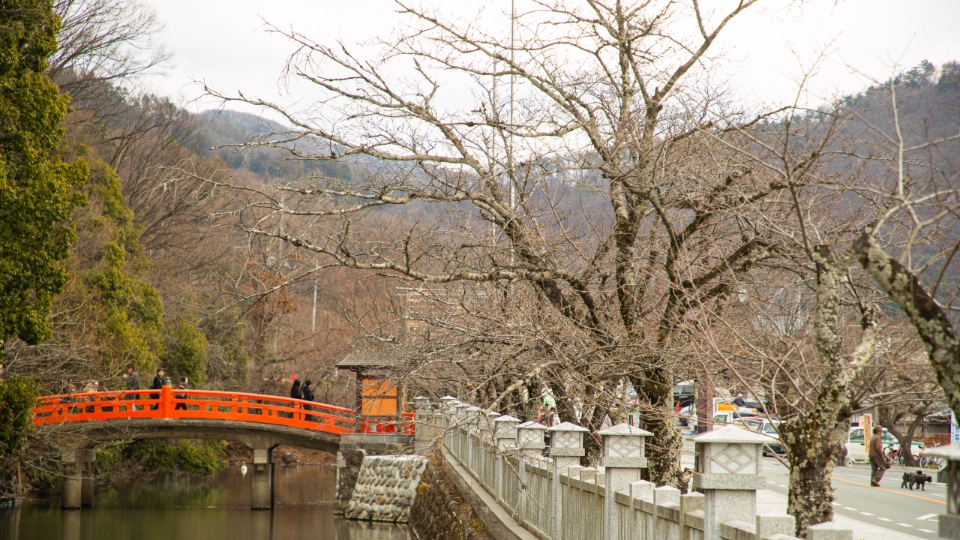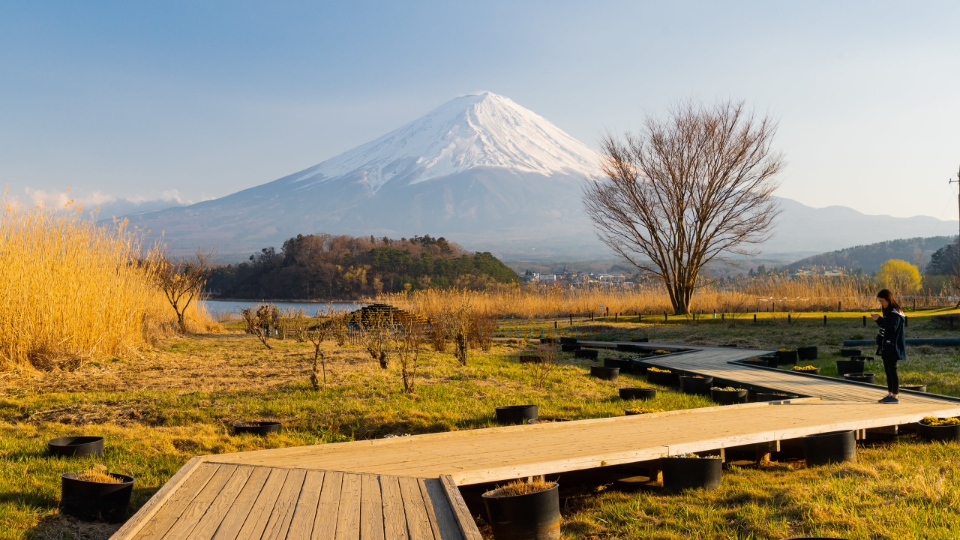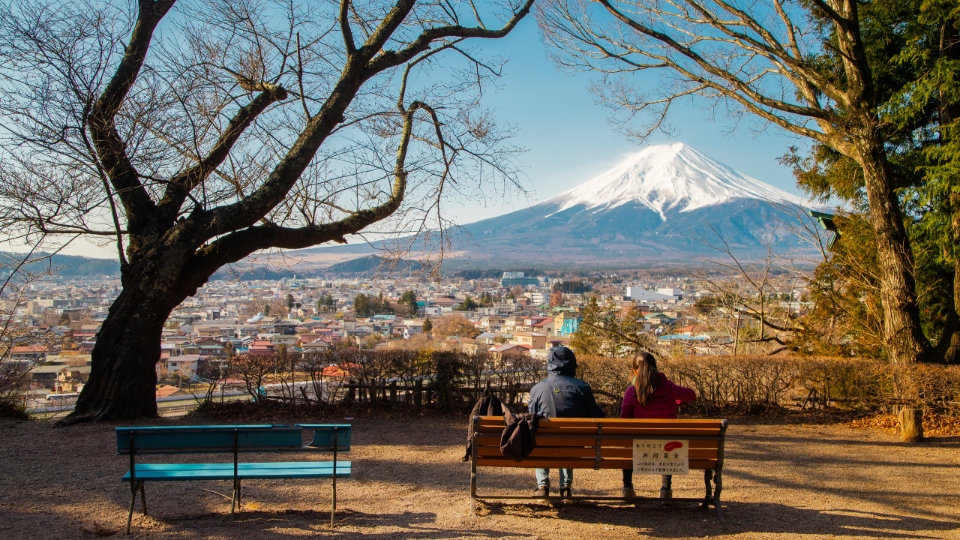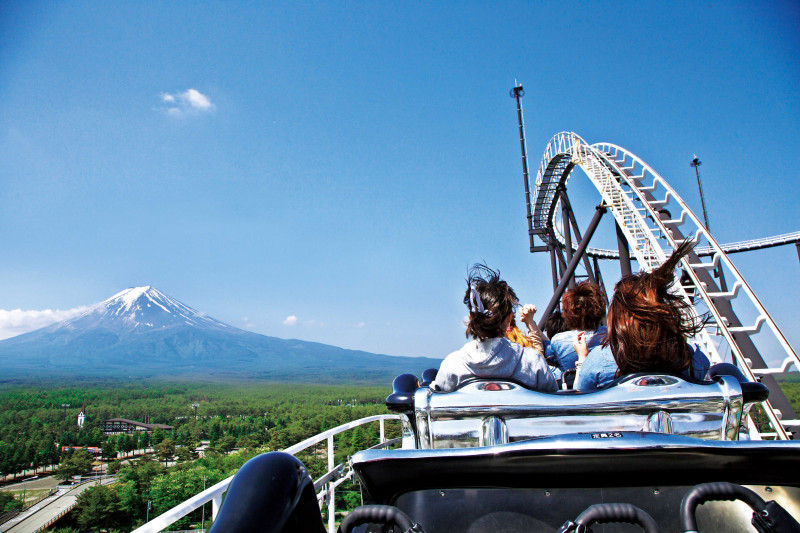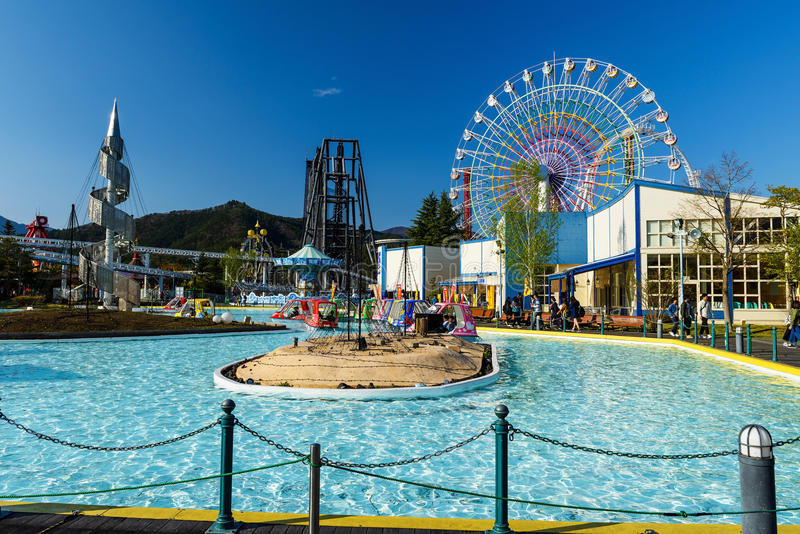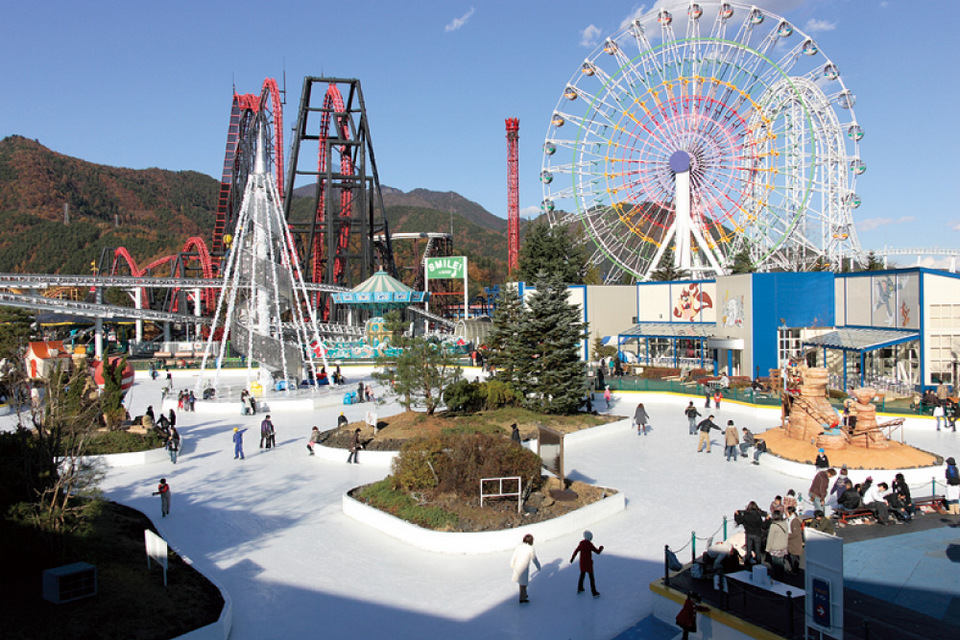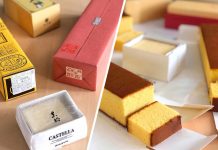Located in the Chubu region of Honshu Island, Yamanashi is a popular tourist destination. Surrounded by the highest mountain ranges in Japan. From beautiful lakes to ancient temples, Shinto shrines or breathtaking spinning rides to delicious food that captivates tourists. So, is Yamanashi worth visiting, how to visit Yamanashi, what to do in Yamanashi? Let’s check out our Yamanashi travel blog with the fullest Yamanashi travel guide from how to get to Yamanashi, best places to visit as well as top things to do in Yamanashi to help you maximize your trip as follows!
- 7 days in Japan itinerary: Suggested 1 week in Japan itinerary for what to do in Japan for 7 days
- The ULTIMATE Uji travel guide: Top attractions, best things to do in Uji Kyoto, Tips & MORE
- Kyoto itinerary 5 days: How to spend 5 days in kyoto perfectly?
- 19+ best sightseeing spots & most beautiful places to see in Japan: Mountains – Forests – Seas – Cities
- The ULTIMATE Gifu travel guide: Top attractions, best places to visit, stay & MORE

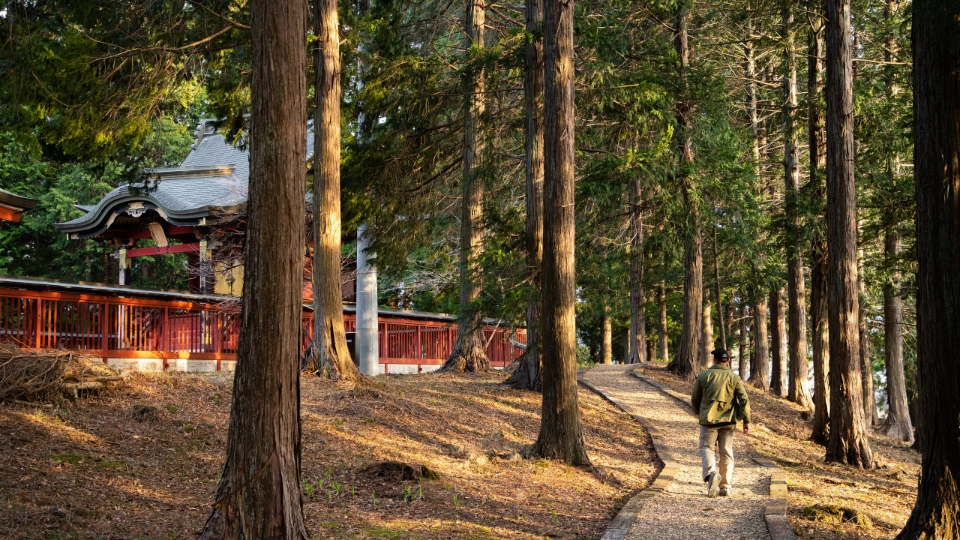

When mentioning Japan, international tourists will definitely immediately think of the image of Mount Fuji – the symbol of Japan which is surrounded by magical mist and clouds. Yamanashi is not only known as the hometown of this famous mountain, but is also an ideal place to help you forget the hustle and bustle of the city.
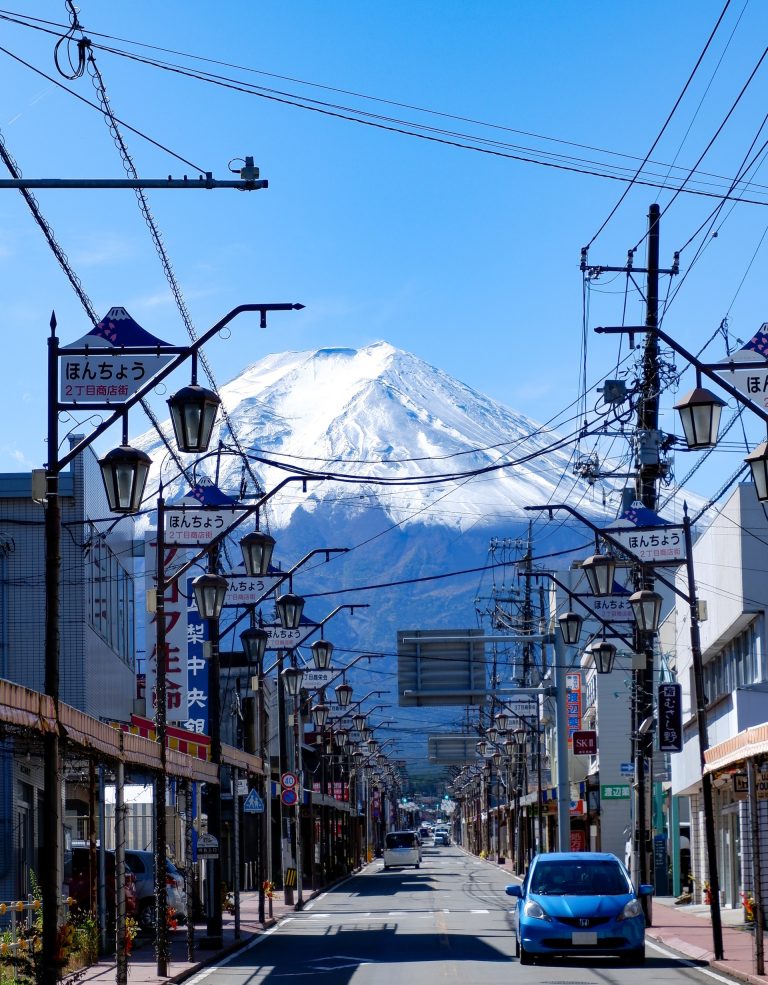
Yamanashi Japan is also a paradise of wine and fruit. Coming to Yamanashi, you will visit Mount Fuji, eat fruit to your heart’s content and famous Japanese hot springs. Besides, there are also Japan’s leading wineries and giant amusement park for everyone to enjoy.
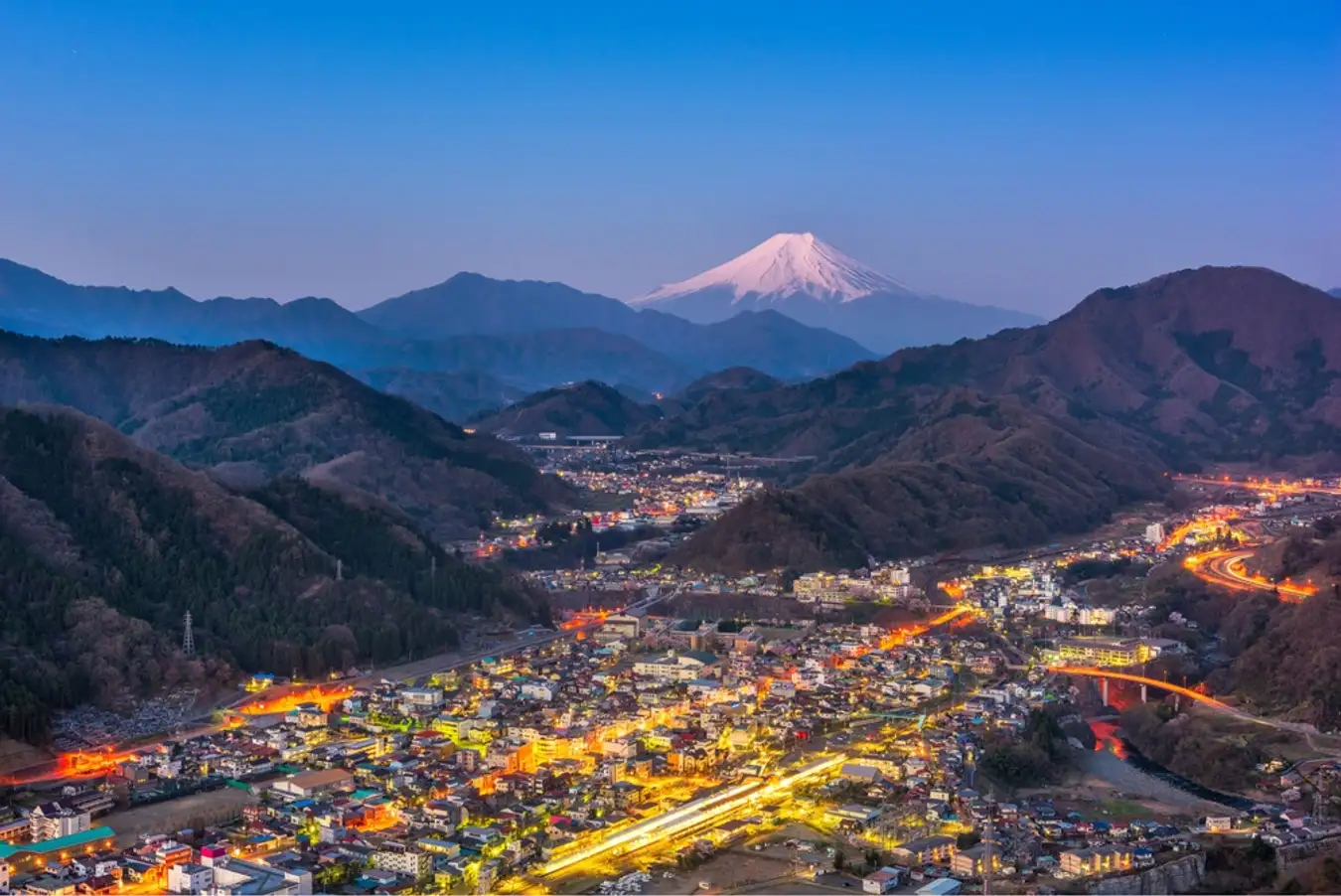
If you are too familiar with the busy shopping areas in Tokyo or Osaka, choose to come to this locality to experience other interesting things of the land of the rising sun!
Overview of Yamanashi (# yamanashi travel guide)
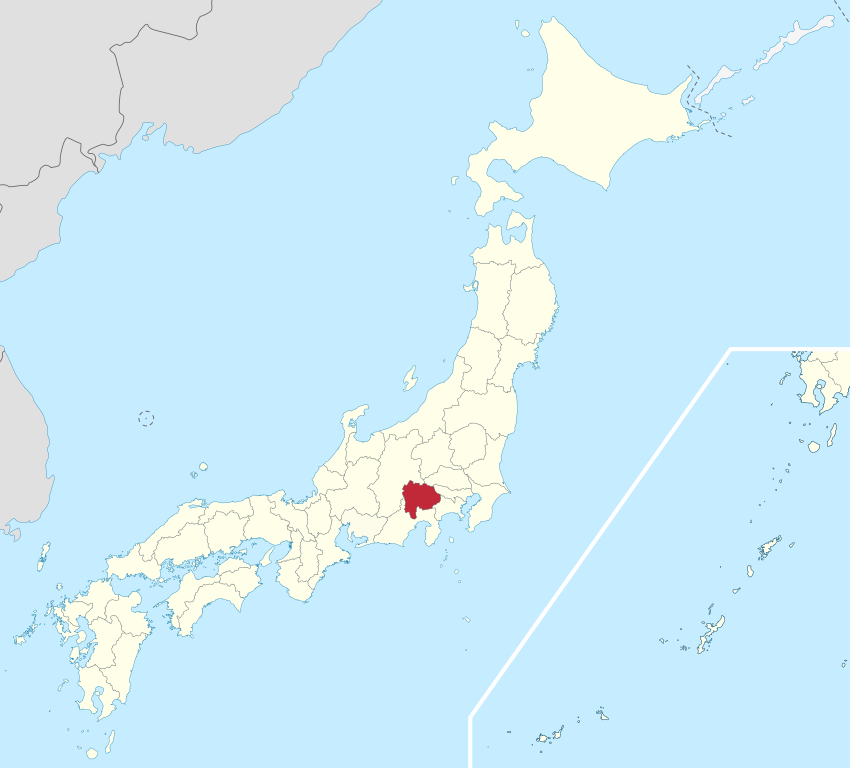
This city borders the capital Tokyo and four other prefectures: Saitama, Shizuoka, Gunma and Kanagawa. Specifically, this locality is located in the Chubu region, on the island of Honshu, about 2 hours by train or bus from the center of Tokyo. With such a convenient location, traveling from Yamanashi to neighboring prefectures is very convenient and fast.
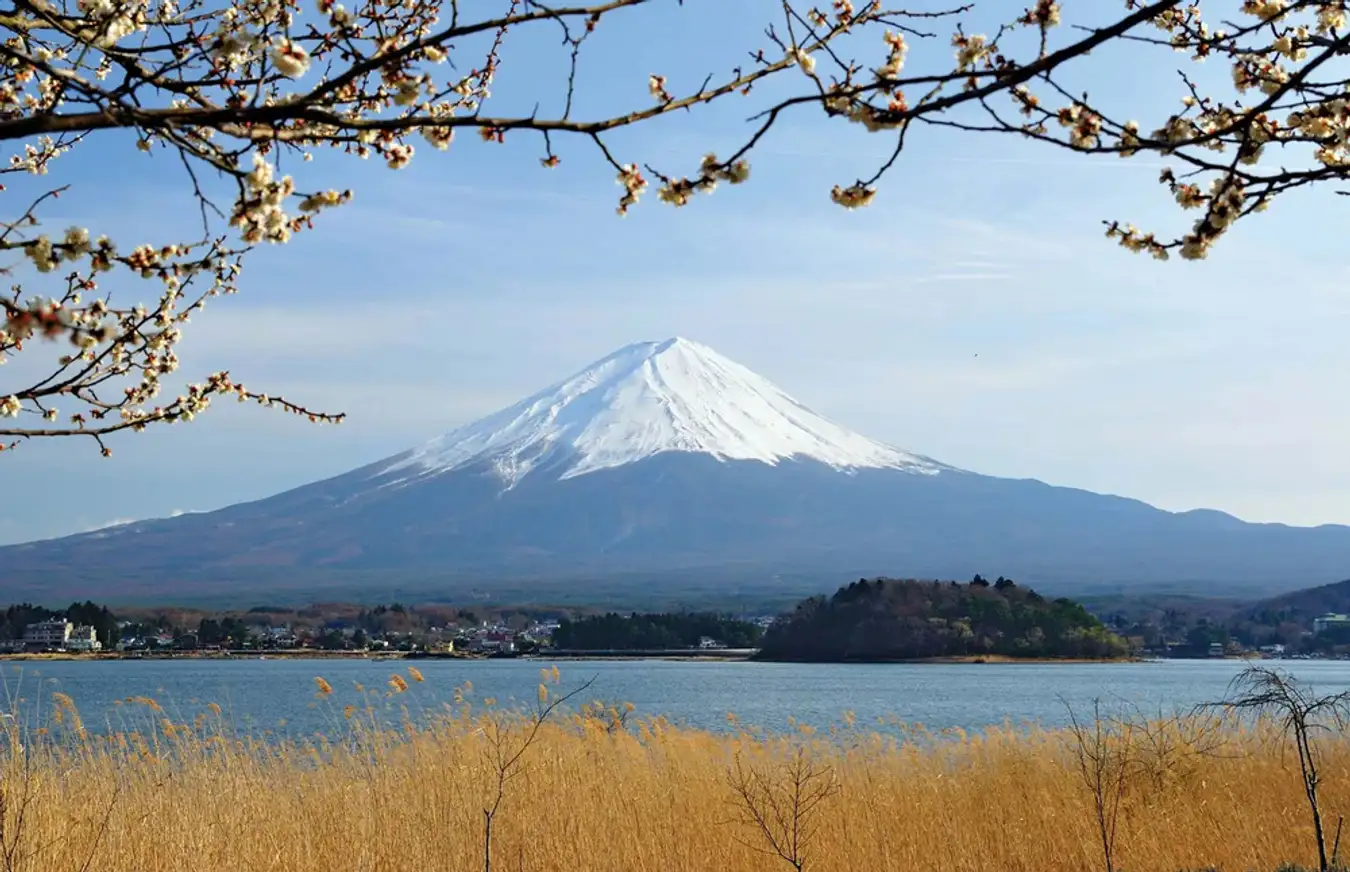
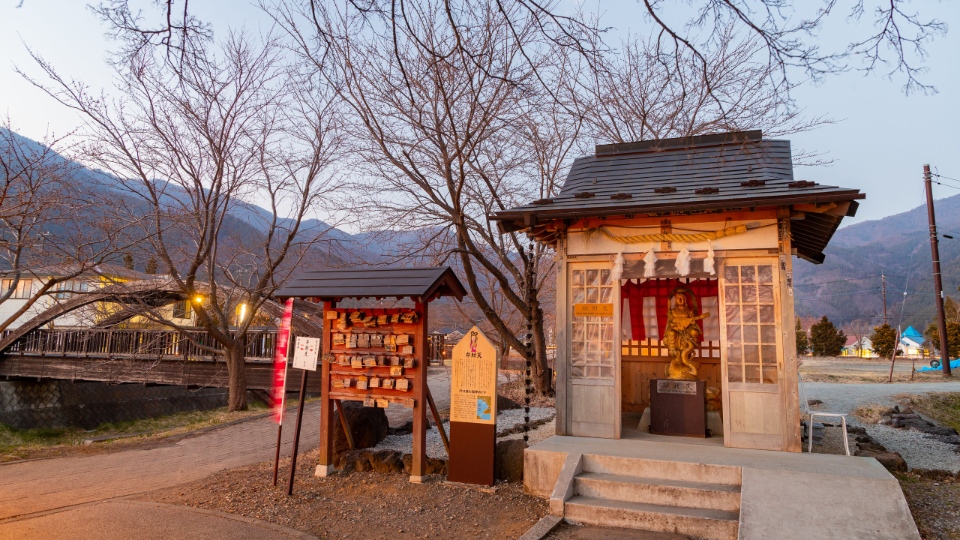
The east of Yamanashi borders Gunma Prefecture, the northwest borders Nagano, the southwest borders Shizuoka, the southeast borders Kanagawa, and the west borders Tokyo and Saitama. With an area of about 4,465km2, Yamanashi is currently the 32nd largest prefecture in Japan. Yamanashi’s population is more than 800 thousand people and ranks 41st in Japan. Yamanashi is covered by majestic mountains. Among them are the three highest mountains in Japan: Mount Fuji, Kitadake, and Ainodake.
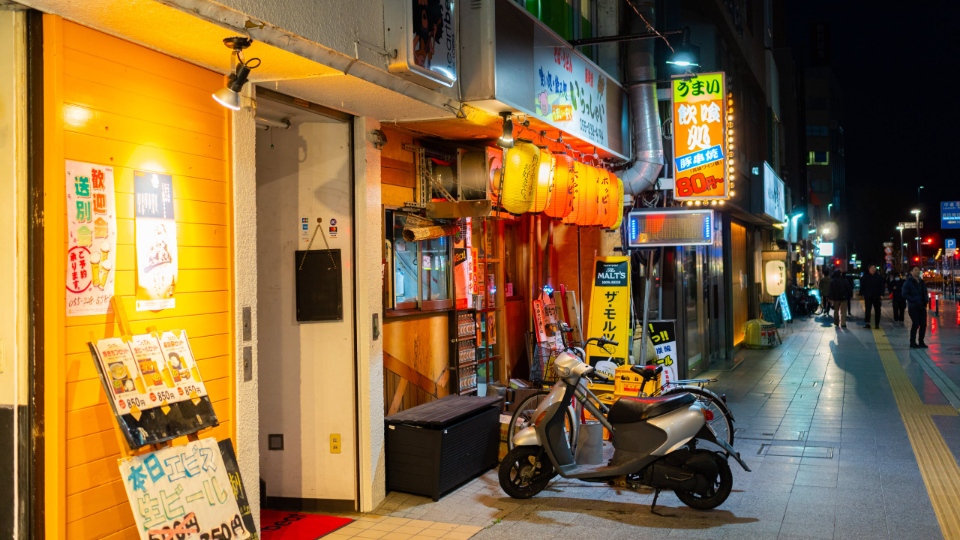

Yamanashi is located entirely within the inland of Japan, with no sea border. Geographically, with its central location, transportation from Yamanashi to neighboring prefectures is also very convenient. The climate in Yamanashi is quite warm, favorable for agricultural development. The highest temperature in the year reaches 32 degrees Celsius, the lowest is only – 2 degrees Celsius with moderate rainfall makes it not only favorable for agriculture but also suitable for four-season travel.

This place impresses with its majestic natural landscape with many clear blue lakes and massive mountains, typically Mount Fuji – the highest mountain in Japan. This mountain peak is also a special highlight, attracting a large number of international tourists to this locality. In addition, when coming here, visitors can enjoy many delicious fruits, picked right from the farmers’ gardens. With a variety of fruits such as peaches, grapes, peaches, and strawberries, the city is also known as the “fruit kingdom” of Japan.

Yamanashi is famous for its agricultural products, with the region’s industries also heavily involved in agricultural products. Industrial facilities will usually be concentrated mainly in Kofu city, which is very famous for its wine production industry. Besides, Yamanashi’s famous agricultural products include persimmons and grapes.
Regarding climatic conditions, the weather in this city is quite warm with moderate rainfall, so it is favorable for fun activities. However, in winter, the temperature can drop to -2 degrees Celsius and snow falls, giving visitors interesting experiences such as skiing, ice skating, etc. Therefore, you can visit this place. This spot at any time of the year and discover the unique beauty of each season.

Yamanashi also has many interesting historical and cultural sites. Kōfu City, the prefectural capital, is home to the ruins of the Takeda clan, one of the important families in Japanese history. Takeda Castle Ruins Museum (Shingen Museum) is where you can learn about the history and culture of Yamanashi Prefecture. Additionally, in the Chichibu mountain area, you can learn about the folklore and history of the Ainu people, an indigenous people of Japan.
When is the best time to visit Yamanashi? (# yamanashi travel blog)
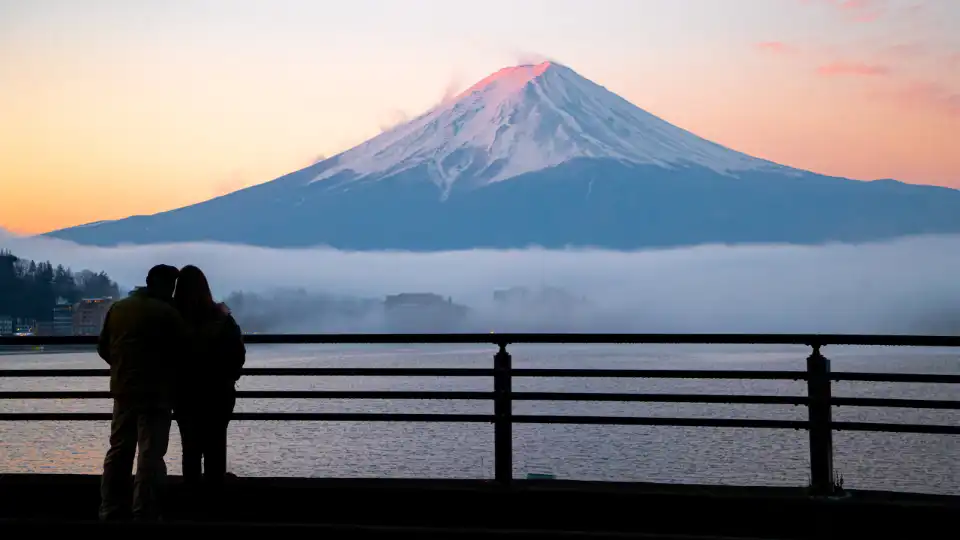
Yamanashi is a province with quite warm weather and climate favorable for agricultural development. That’s why people also compare Yamanashi to the famous fruit paradise of Japan. The highest temperature of the year is about 32 degrees Celsius and the lowest is about -2 degrees Celsius in the winter.
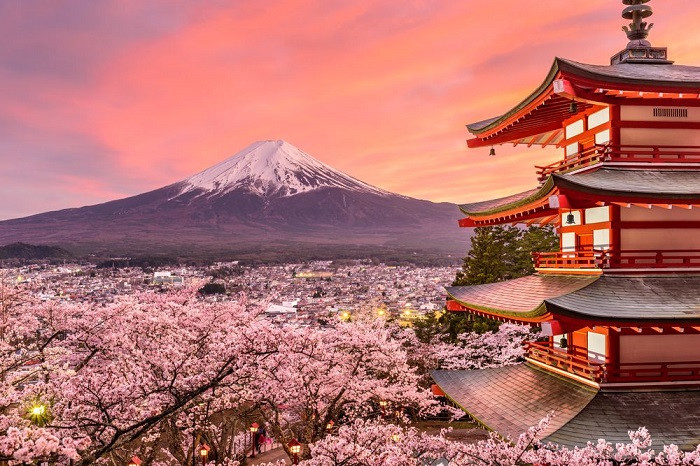
Yamanashi’s peak tourist season is around March and April every year. However, service prices in Yamanashi at this time also increased. To save money you should go around December every year.
Especially, in winter when the temperature drops to -2 degrees Celsius and there is snow, we can also experience many unique activities such as skiing, ice skating… It can be said that each season will bring a different beauty, you can come and explore on your own.
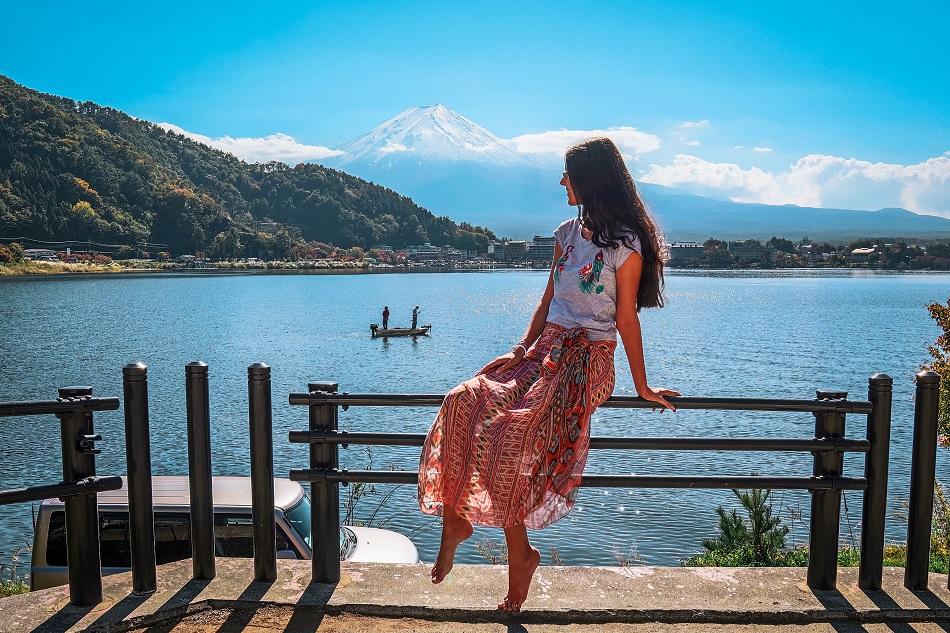
If you come to Yamanashi in spring, you will be fascinated by the stunning beauty of the cherry blossoms. One of the most famous places to see cherry blossoms is Hanamiyama Park in Yamanashi city. Cherry blossoms bloom from late March to early April and create a beautiful picture of bright pink.
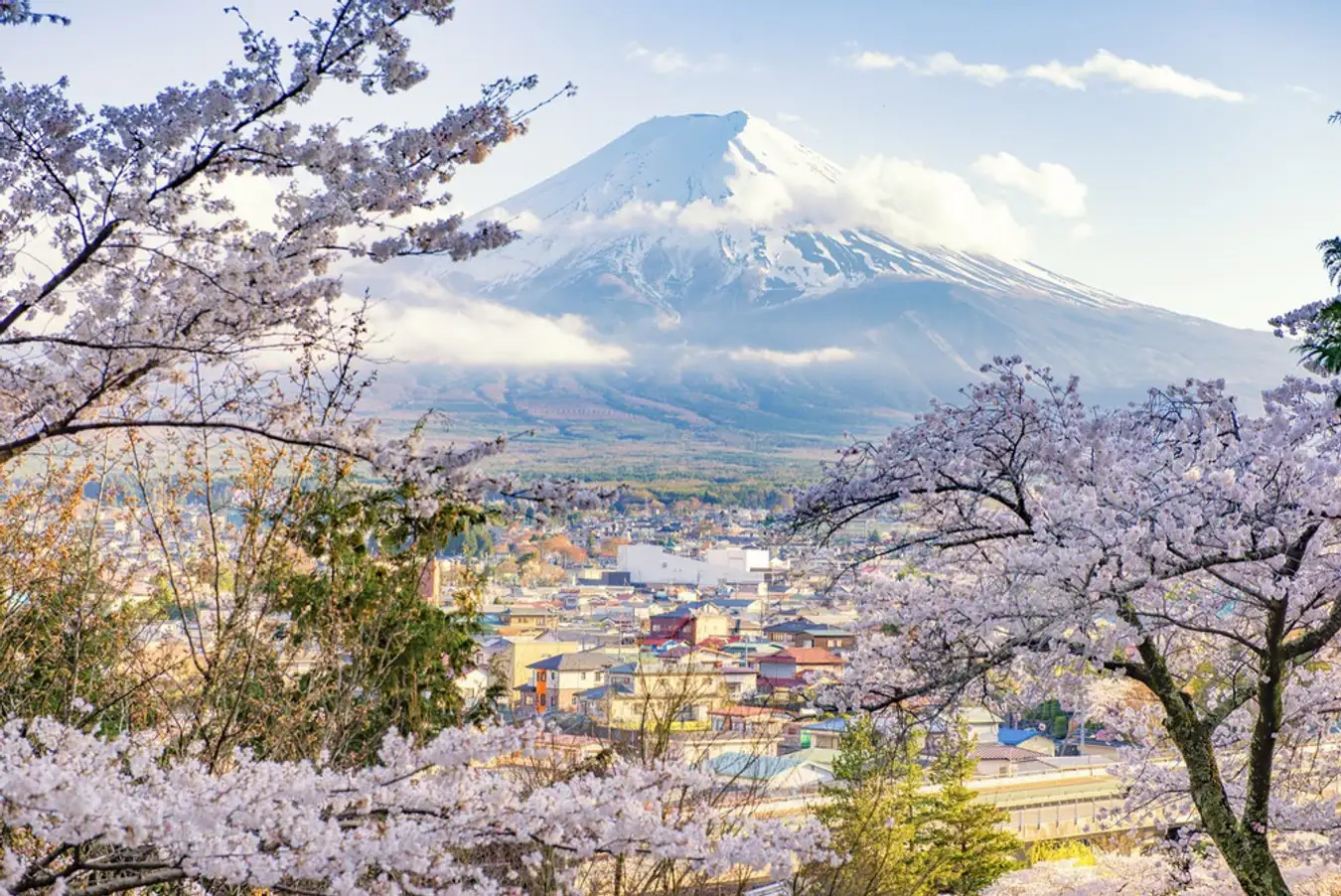
Getting to Yamanashi (# yamanashi guide)
If we want to go to Yamanashi, you must first take a flight to Japan’s bustling capital, Tokyo. Then, from Tokyo you will have options to travel to Yamanashi.
Yamanashi is located near the capital Tokyo, allowing visitors to easily travel by means of transport such as train, bus… departing from the center or Narita/Haneda airports. Detailed travel instructions to Kofu station are as follows.
By plane: Currently, Yamanashi Prefecture does not have an airport. If you want to travel by plane, you can fly to Narita or Heneda airport in Tokyo, not far away. From the airport in Tokyo you can go by bus to Yamanashi.
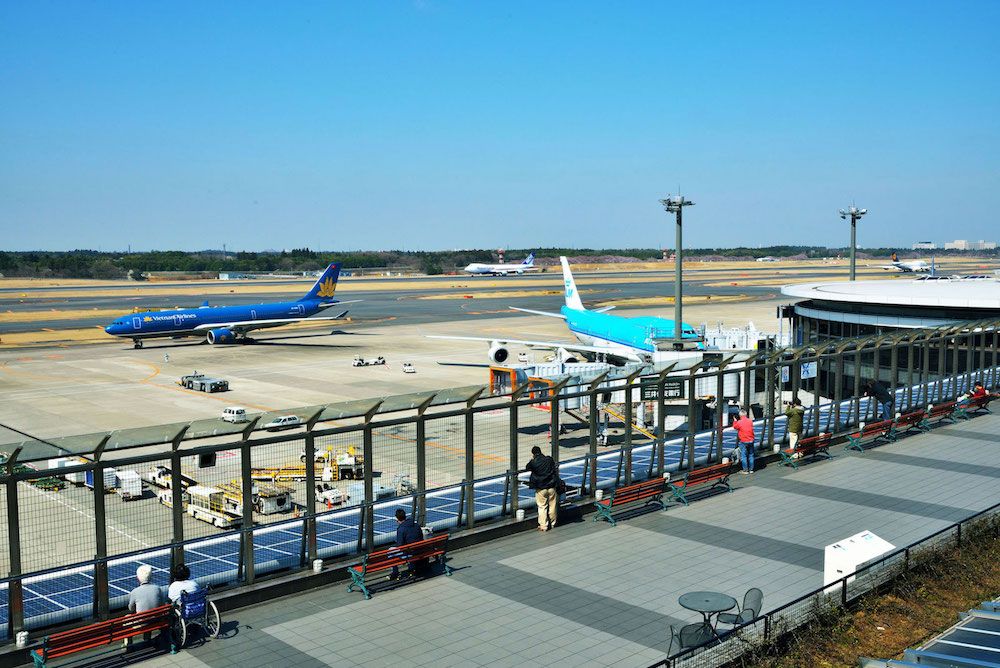
From Narita International Airport, you can take the express bus for 3 hours and 30 minutes or take the Narita Express (NEX) train for 1 hour and 30 minutes to Shinjuku and from Shinjuku you can take JR Chuo Limited Express to Kofu in 1 hour 30 minutes.
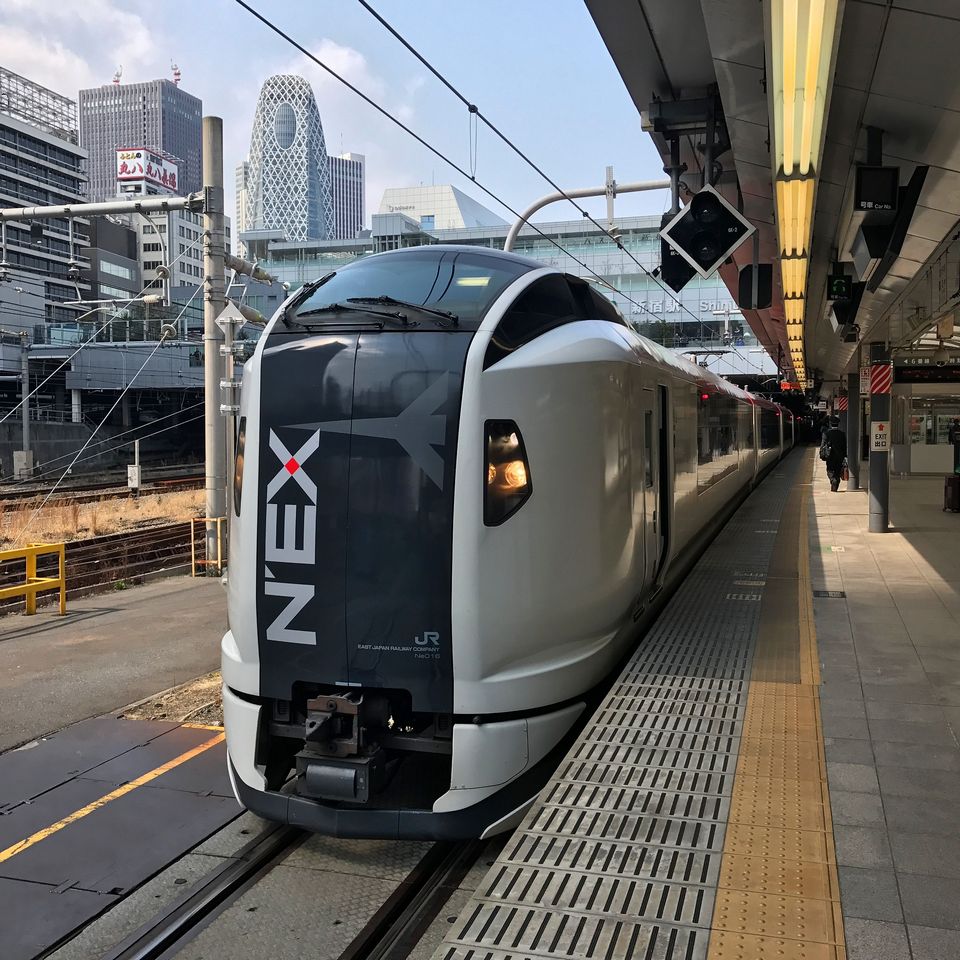
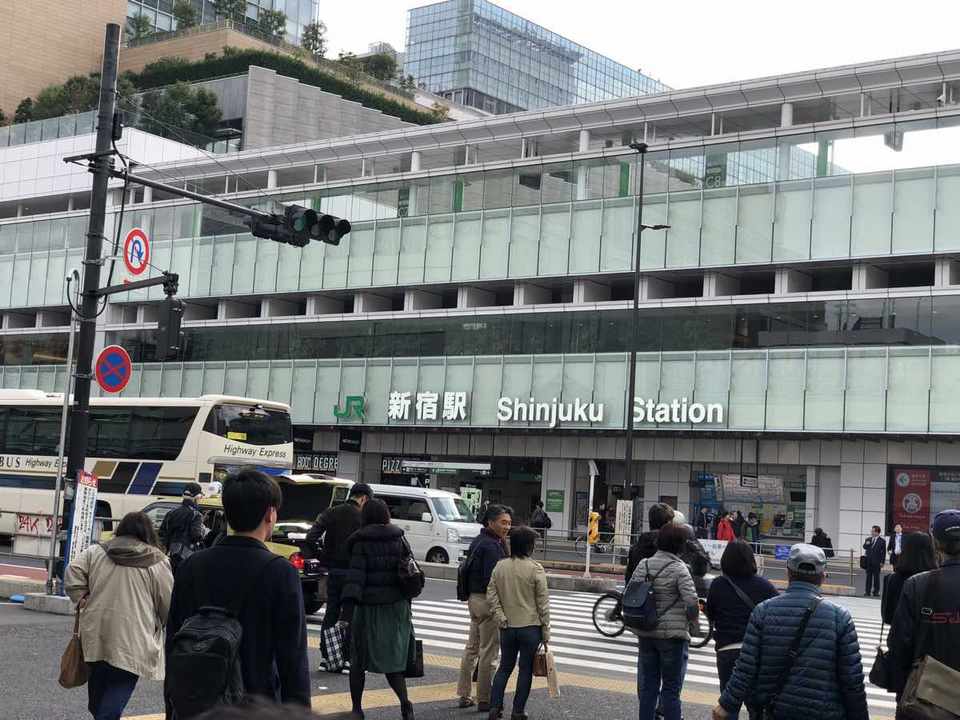
From Haneda airport, you should take the express bus to avoid too many transfers.
If you depart from Osaka’s Kansai International Airport, the fastest way is to travel by JR special express train for 50 minutes to Shin-Osaka, then travel 2 hours by Shinkansen to Shizuoka, from Shizuoka you can take the JR Minobu limited express train to Kofu for 2 hours.
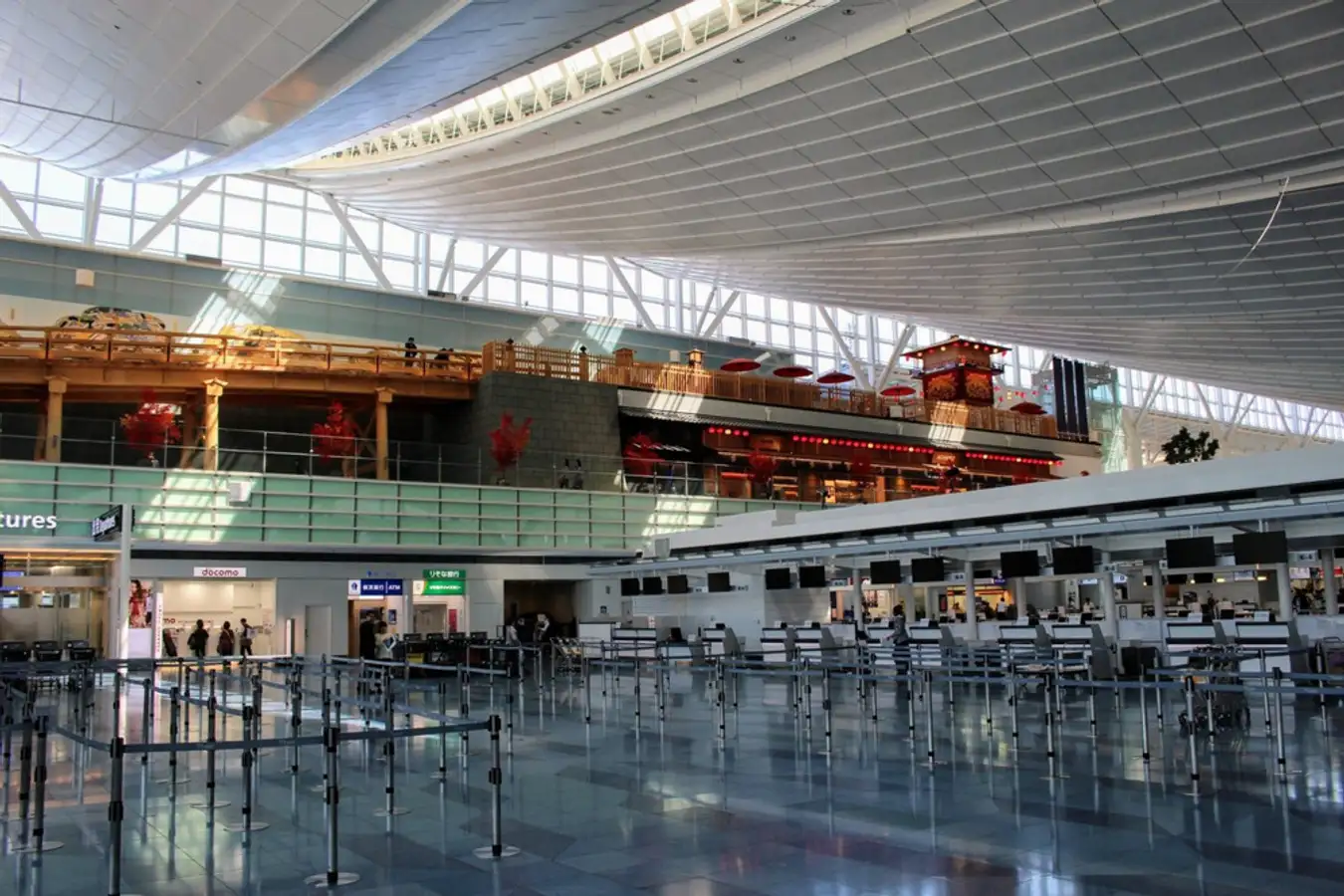

By bullet train (Shinkansen): You can take the JR Chuo Limited Express from Shinjuku to Kofu for 1 hour 30 minutes, or take the Shinkansen for 1 hour from Nagoya to Shizuoka, then take the JR Minobu Limited Express for 2 hours to Kofu. Train ticket prices will range from 3,000 to 3,500 Yen.
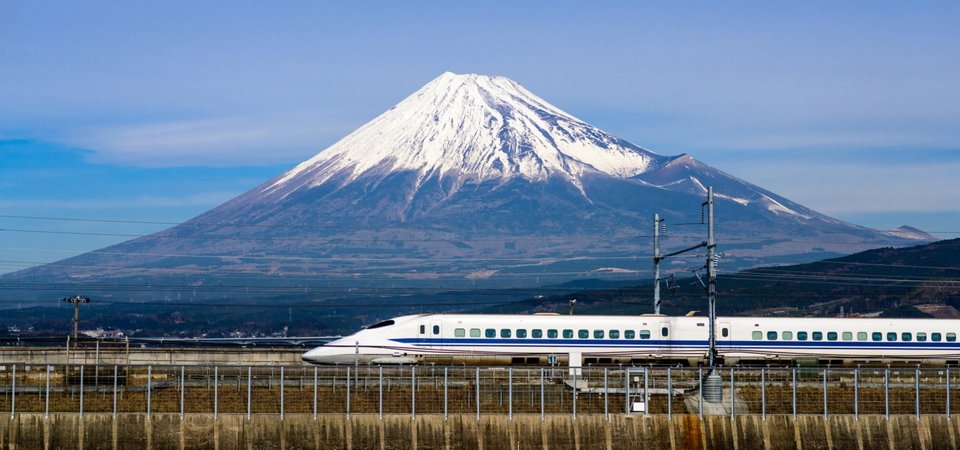
By bus: Another very economical option is going by bus. Bus tickets will be much cheaper than train tickets, but it will take a lot of travel time. If you take the bus, it will take about 2 hours and 10 minutes to get to Kofu station and about 2.5 hours to get to Kawaguchiko station. Depart from Shinjuku Expressway Bus Terminal (2 hours 10 minutes), Nagoya Station Bus Terminal (4 hours) or Osaka Station Bus Terminal (8 hours 30 minutes).
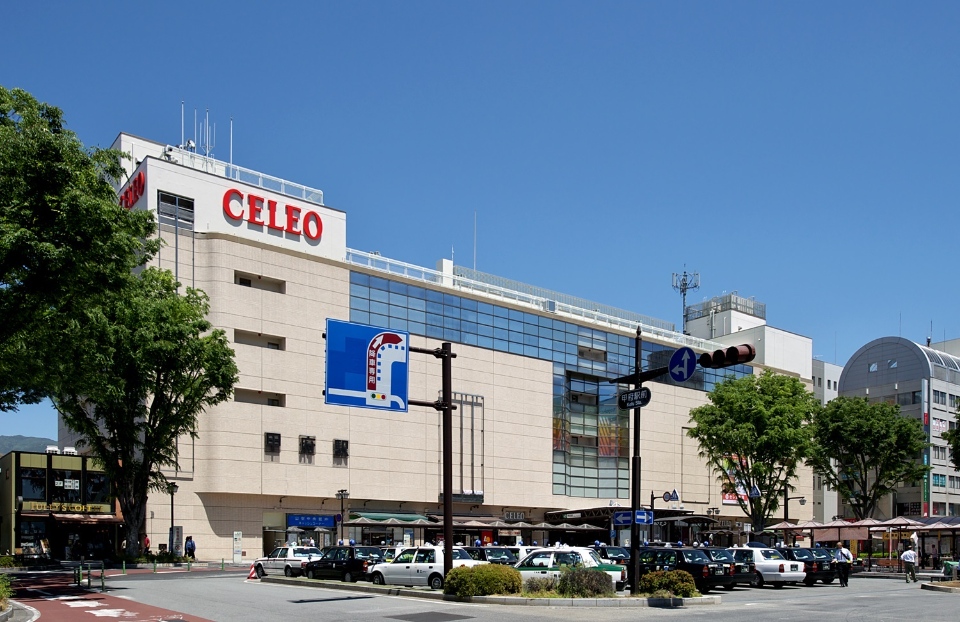
What to do and where to go in Yamanashi?
Mount Fuji (# yamanashi travel guide)
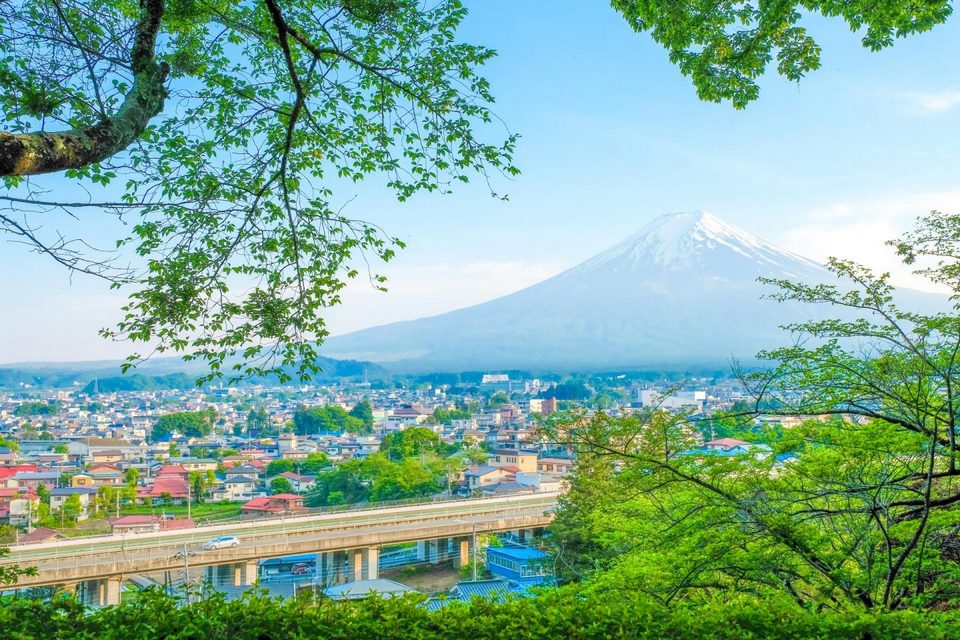
The symbol of Mount Fuji is the highest mountain in Japan, not only in Japan but Mount Fuji is also famous in the world. For foreigners, Mount Fuji is considered a symbol of Japan. Besides cherry blossoms, Mount Fuji is also one of the images that people immediately think of whenever Japan is mentioned. Mount Fuji has a height of 3776.24 m, is an active volcano located in Yamanashi and Shizuoka prefectures of the Chubu region.

Mount Fuji is reflected in the pristine waters of the Fuji Five Lakes. Yamanakako lake is known as a famous summer resort with exciting water sports and many camping spots around the lake. In addition, you can also visit the dreamy and quiet ancient village of Oshino Hakkai located right at the foot of the mountain. On Lake Shojiko in the Mount Fuji area of Yamanashi is where you can take photos of the mountain’s reflection, while at Motosuko we can capture the view of Mount Fuji printed on the 1000 yen bill.
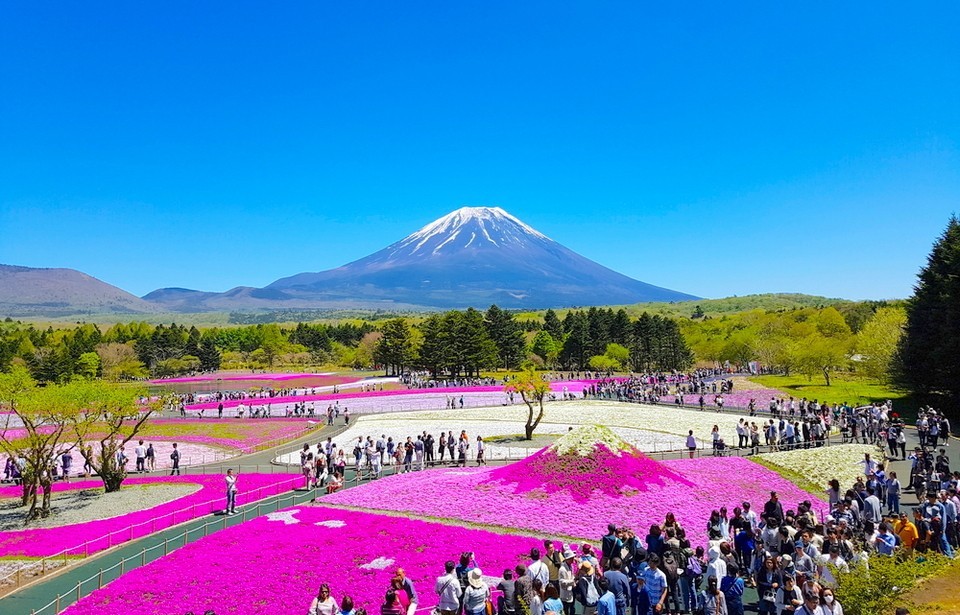
It is was recognized by UNESCO as a World heritage site in 2013. The scenery of Mount Fuji from afar is not only beautiful but also very majestic and magnificent. There are also many climbing tours that regularly organized here. You can go by bus or car to the middle of the mountain and then walk to the top of the mountain to admire the scenery, breathe fresh air and enjoy the beautiful scenery from above.
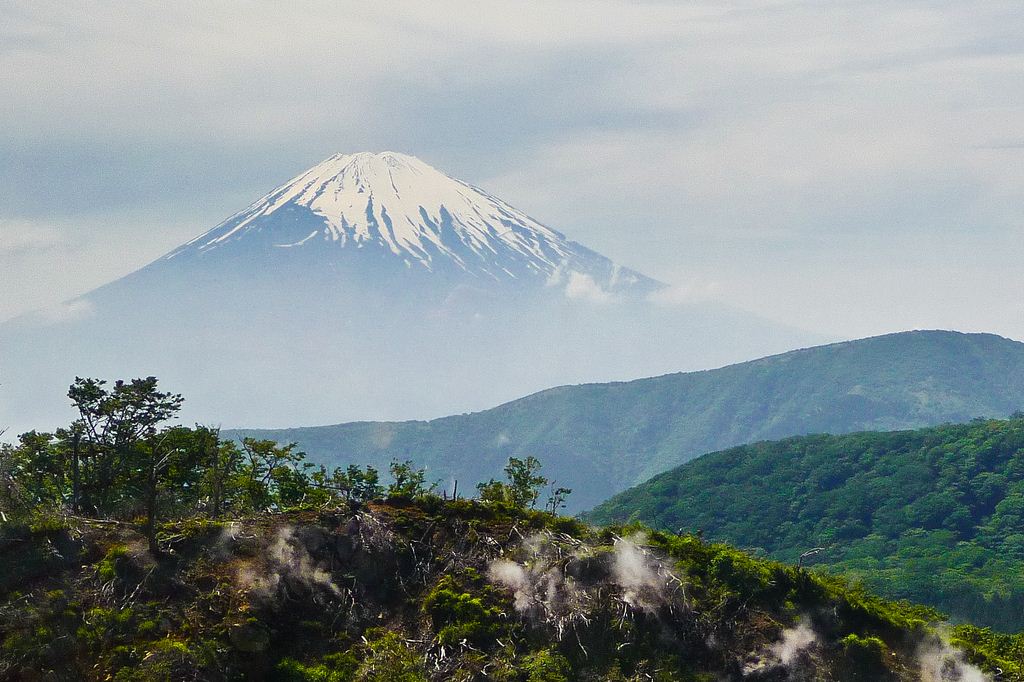
Yamanashi’s capital Kofu (# yamanashi guide)
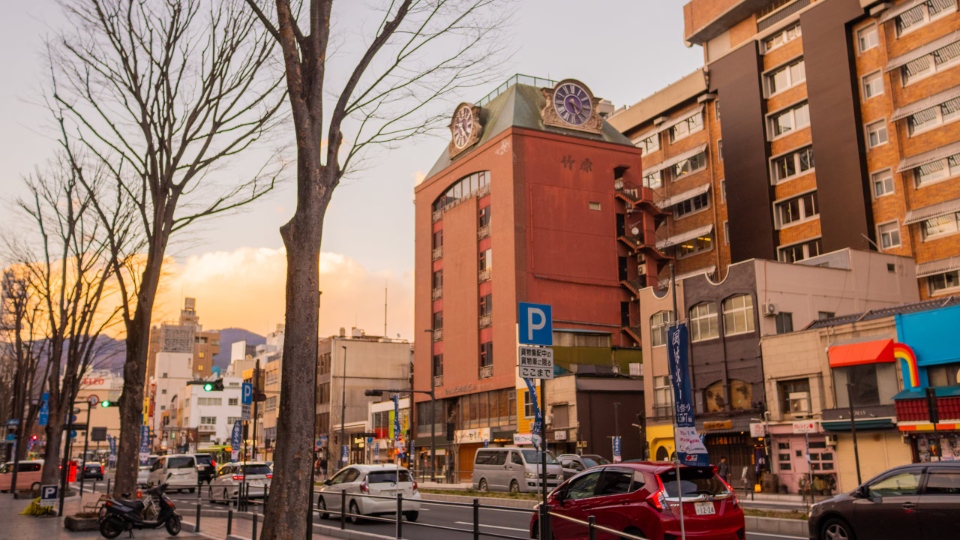
The capital city of Kofu is surrounded by mountains and is known for its orchards, pure nature and abundant hot springs. One of the city’s most attractive activities is visiting old wineries such as Sadoya Winery (Address: 3 Chome-3-24 Kitaguchi, Kofu, Yamanashi 400-0024, Japan/Hours: 10 AM–5 PM/Tuesday: Closed), with a history of hundreds of years. Here you can tour the grounds and sample some high-quality local wines.
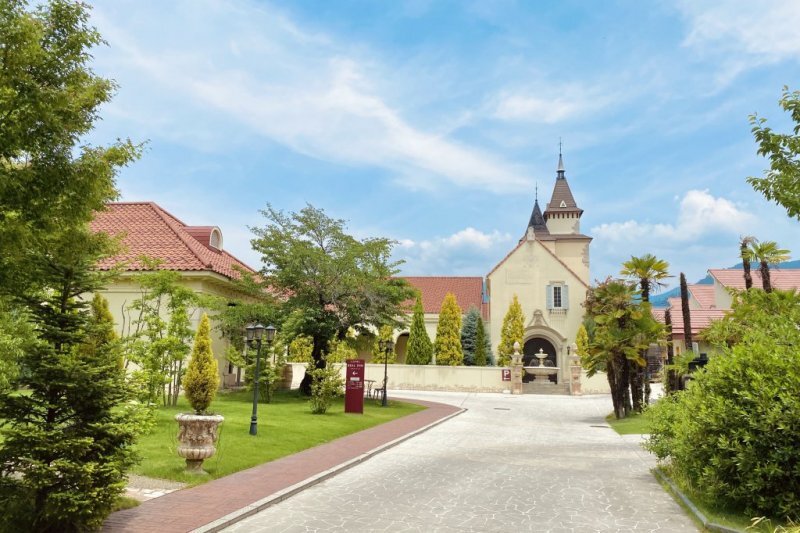
Also in Kofu is Takeda Shrine, built on the site of the former house of Takeda Shingen, an important figure in Japanese history. The Takeda clan once ruled what is now known as Yamanashi and several surrounding districts. Legend has it that if you visit the temple and pick up three bundles of golden needles from the three sacred trident maple trees, you will receive good luck.
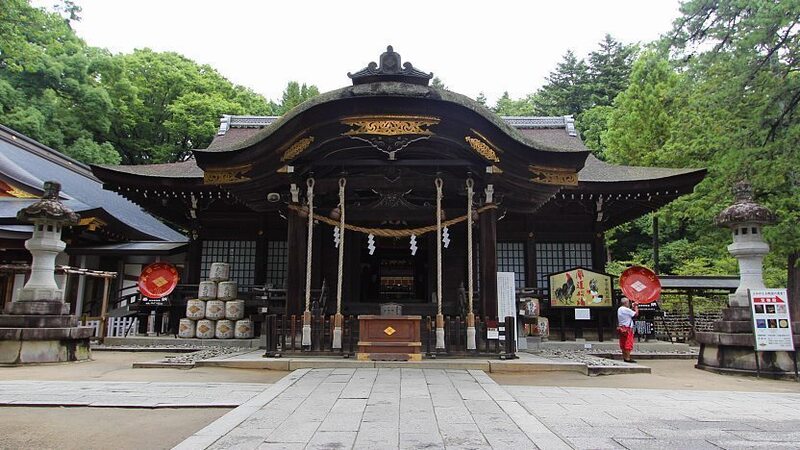

Lake Kawaguchiko (# yamanashi travel blog)
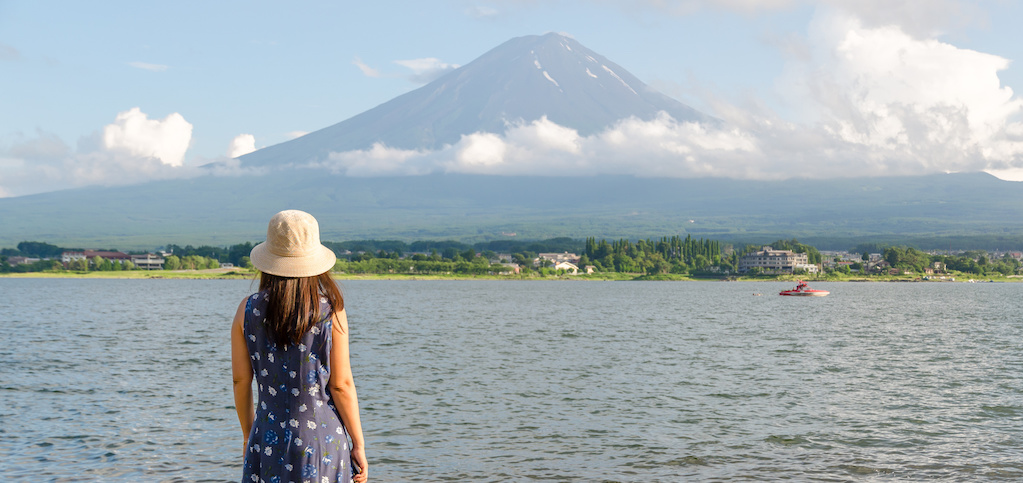
Kawaguchi has the 2nd largest area among the 5 lakes at the foot of Mount Fuji. When coming here, many tourists choose to take a boat tour around the lake to fully see the natural scenery and feel the fresh atmosphere here. Visitors can rent many different types of boats and start their sightseeing trip around Lake Kawaguchi. Such a tour usually lasts about 30 minutes and you can book tickets online or go to the ticket counter by the lake.
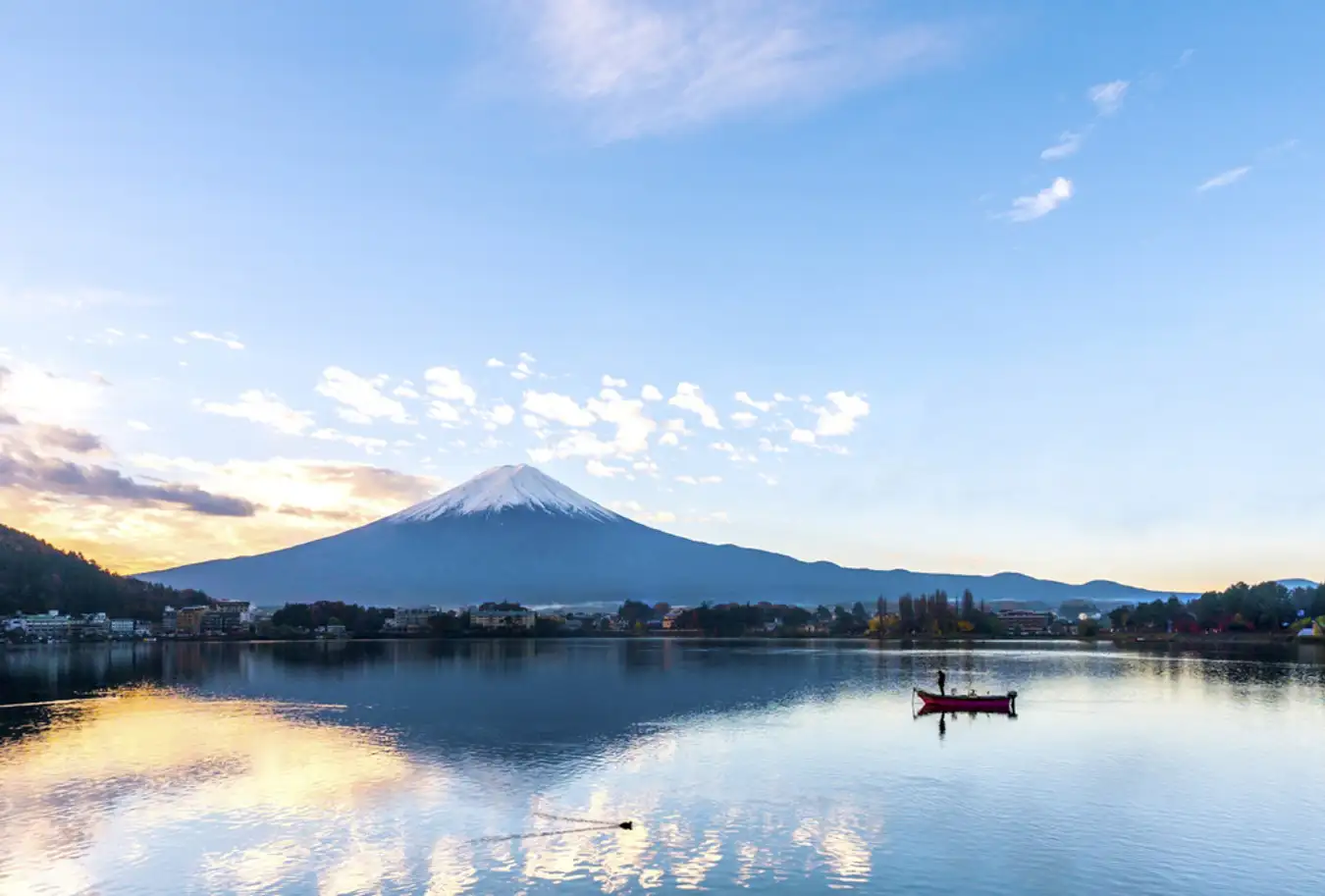
Lake Kawaguchiko is located between Fujikawaguchiko and Minobu, within the borders of the Fuji-Hakone-Izu National Park. Lake Kawaguchiko also has very long stretches of road along the lake with beautiful natural scenery, especially in the North. Before 1914, the surrounding area of the lake was prone to flooding, and there was no drainage from the lake. However, a canal was built to connect the lake with the Sagami River.
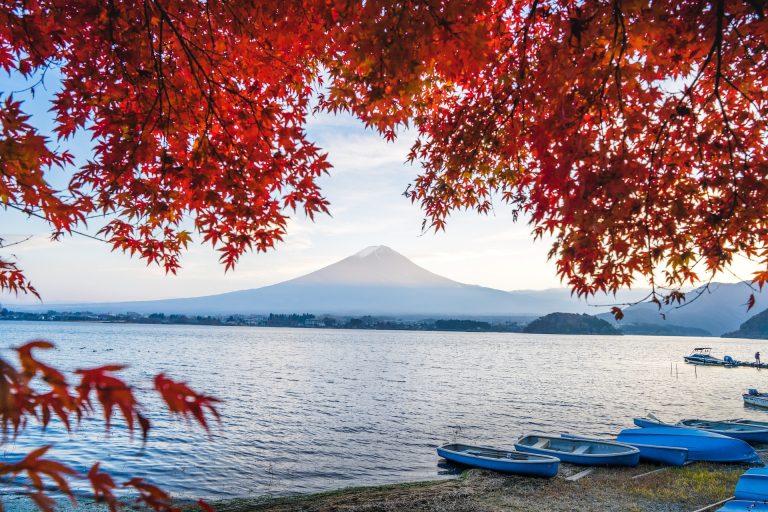
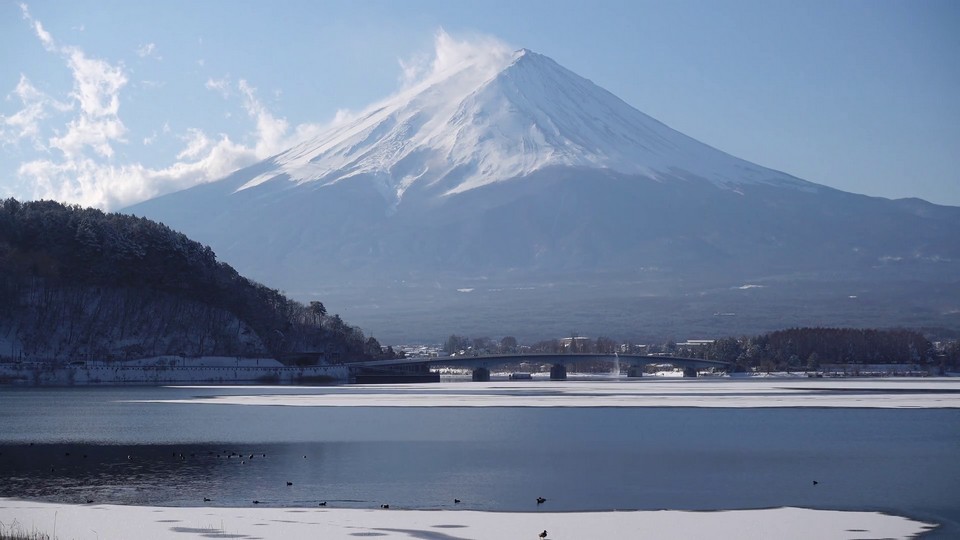
The lake is a resort loved by tourists with many water-related activities such as surfing, yachting, and fishing. The lake is also one of the starting points for those who want to climb Mount Fuji. Lake Kawaguchi is a UNESCO World Heritage Site, part of the Mount Fuji Heritage Site. You can get to the lake in many ways from Tokyo such as train or bus.
Chureito Pagoda (# yamanashi blog)
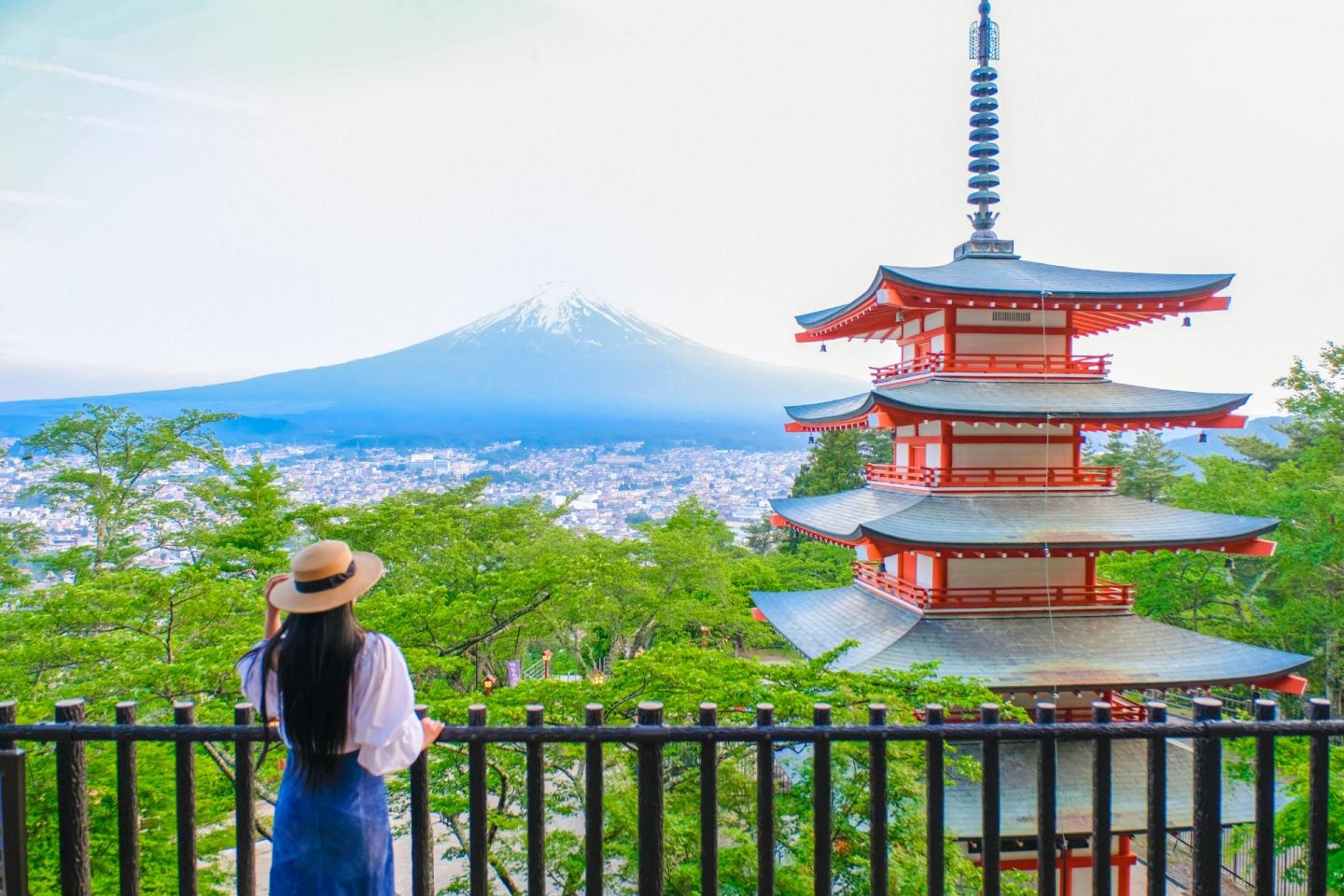
Chureito Pagoda is located in Fujiyoshida city, Yamanashi prefecture, within Arakura Sengen park. This temple is one of the iconic tourist attractions in Japan and often appears on Japanese tourism promotion sites. You will have to climb about 398 stone steps to reach the pagoda. When you get there, you will definitely be amazed by the scene of the outstanding 5-story red pagoda with ancient architecture. Here, you will see the entire Mount Fuji in a very close distance. Autumn Pagoda attracts visitors in spring when cherry blossoms bloom and autumn when red leaves fall.

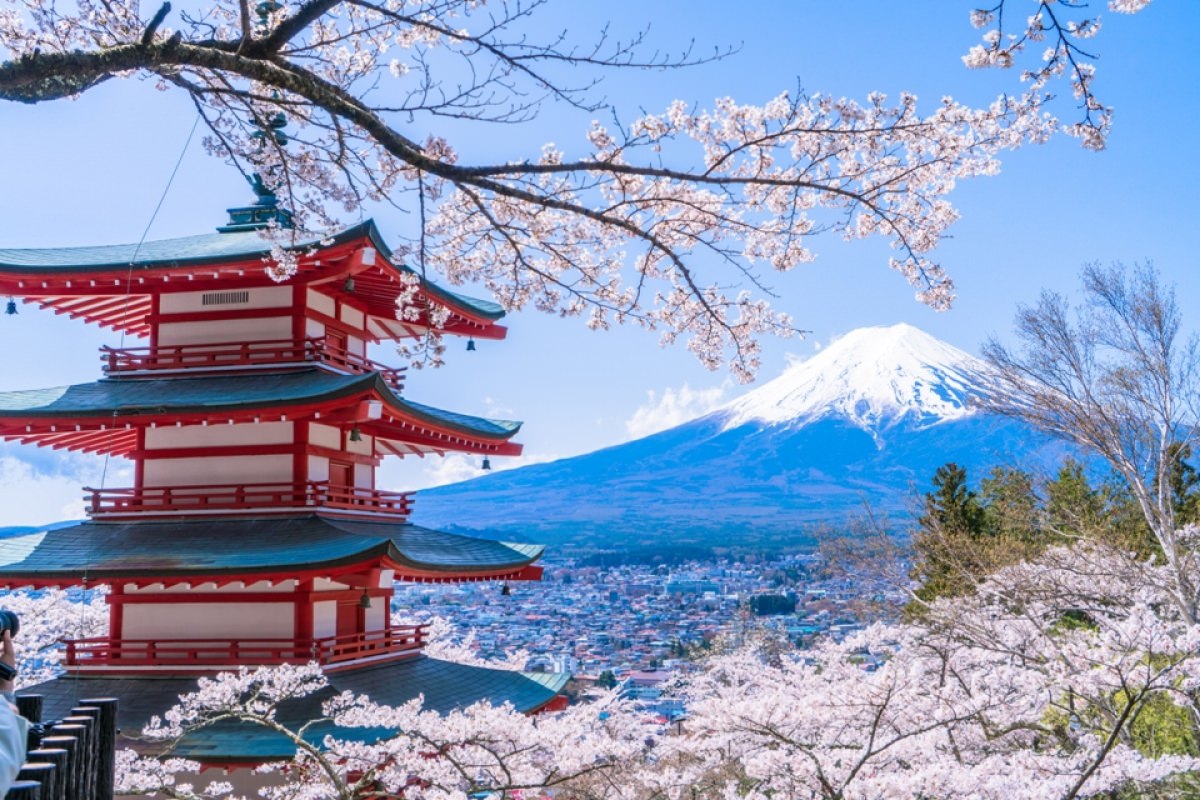
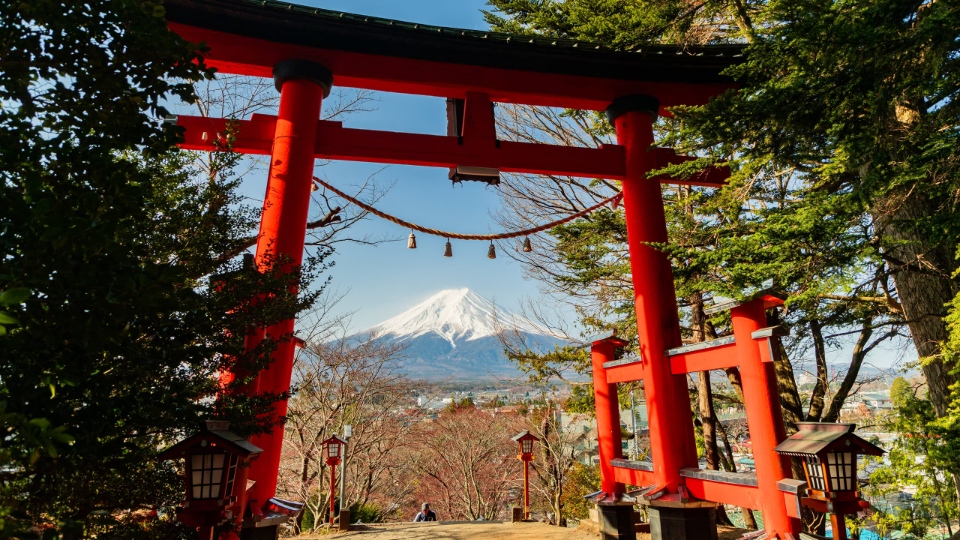
Visit the Itchiku Kubota Kimono Museum (# yamanashi travel guide)
- Address: 2255 Kawaguchi, Fujikawaguchiko, Minamitsuru District, Yamanashi 401-0304, Japan
- Hours: 10 AM–4:30 PM/Tuesday: Closed
One of the most famous attractions in Yamanashi is the Itchiku Kubota Kimono Museum. This museum was designed by Kubota – a talented and extremely famous Japanese artist. He is also the person who invented the unique tsujigahana dyeing method. Visiting the Kimono Itchiku Kubota museum, you will have the opportunity to admire Kubota’s extremely unique works of art. You will also see a video about Kubota’s life.
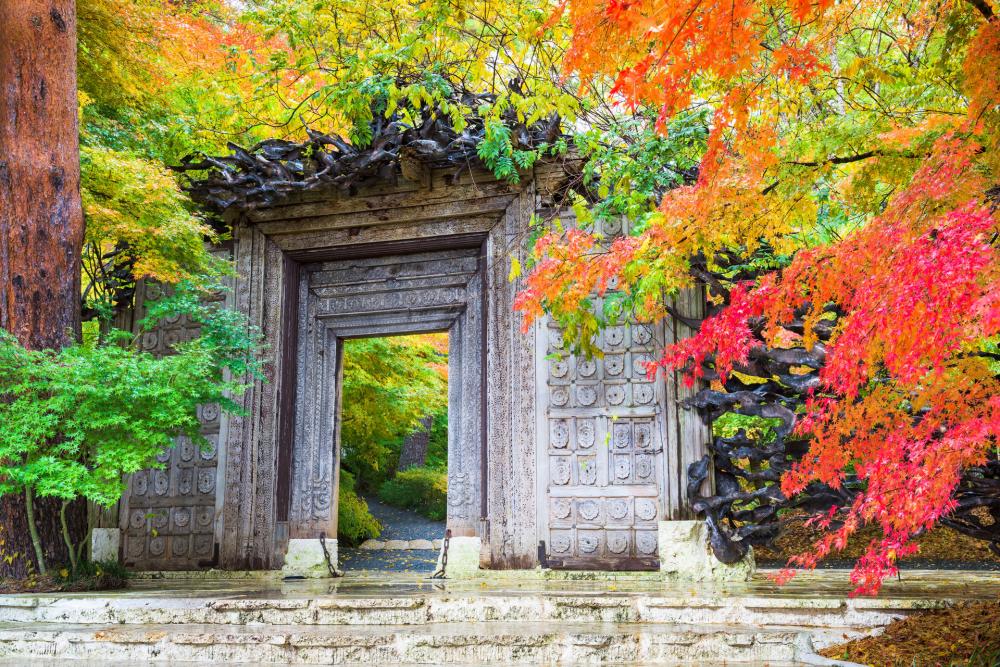
Kimonos in Japan all seem very similar but the works of textile artist Itchiku Kubota are some of the most intricate designs in the world. In a museum designed by Kubota himself, where he lived in the twilight shadow of Mount Fuji, his unique methods of dyeing tsujigahana are displayed. A fascinating video tells the story of Kubota’s life, from the year he was a prisoner during World War II in Siberia, even thinking about making kimono in his dreams, to the years he went into debt because of his passion for art. The museum itself is a work of art – Kubota was inspired by Antoni Gaudi’s surreal Barcelona design and he oversaw its opening before his death.
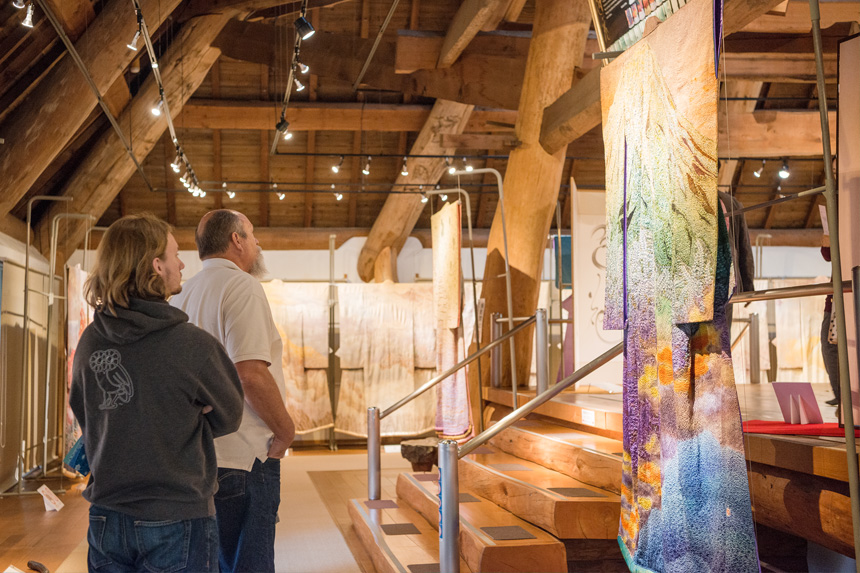
The Itchiku Kubota Art Museum opened in 1994. It was once a common technique for dyeing kimonos during the Muromachi period, but this method had been lost since the 17th century. When he was 20 years old, Itchiku Kubota rediscovered the technique. this technique, and after World War II, he devoted his entire life to the study of tsujigahana.
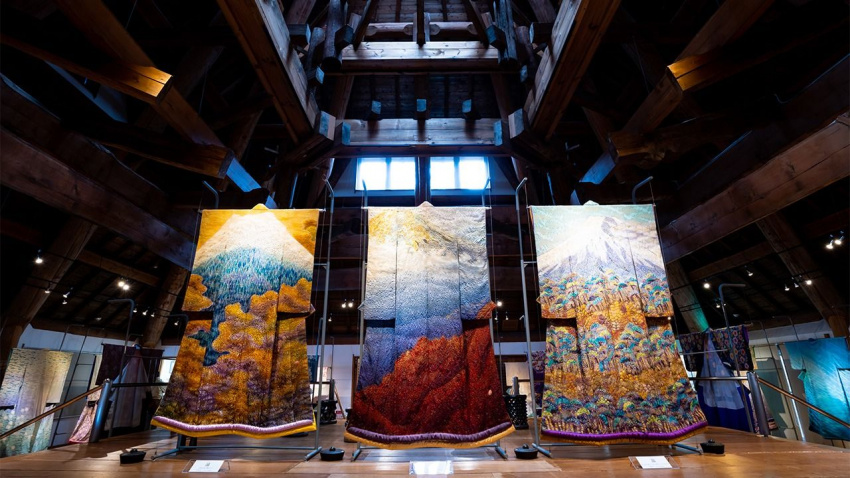
The success of this exhibition took his work around the world, before a museum dedicated to his work opened. From the museum, you can see Mount Fuji as well as the surrounding lake. The museum’s main building is for exhibitions and has a rather intricate wooden structure with tree trunks up to 1000 years old. Next to it there is also a Japanese tea house and a cafe where you can enjoy the view of the flowing waterfall.
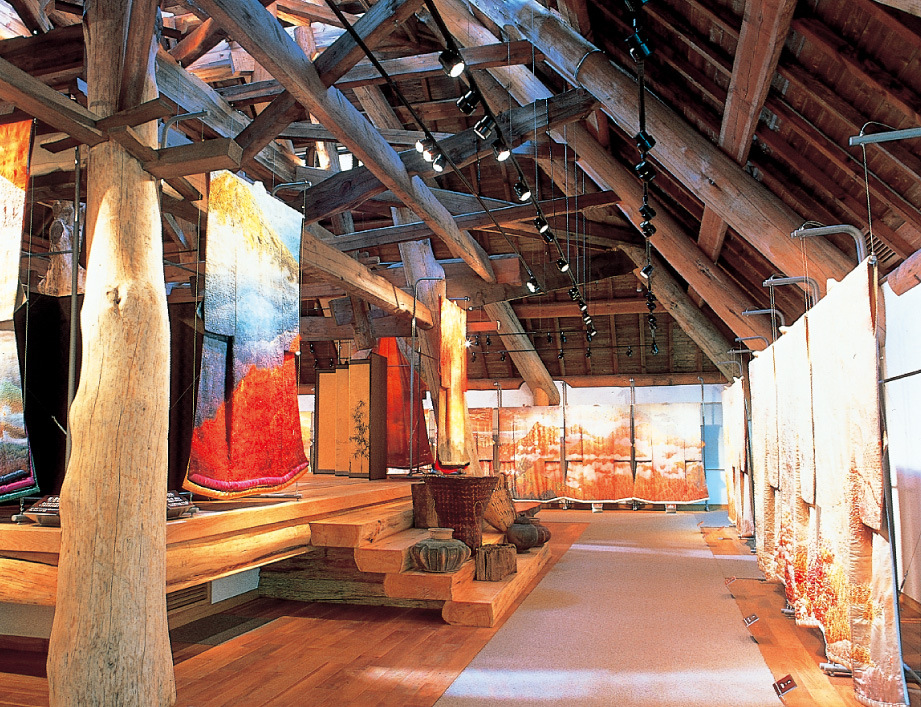
Fuji-Q Highland Amusement Park
- Address: 5 Chome-6-1 Shinnishihara, Fujiyoshida, Yamanashi 403-0017, Japan
- Hours: 9 AM–5 PM
If you are passionate about thrilling, “heart-pounding” rides, you should go to Fuji Q Highland, one of the most popular amusement parks in Japan. Like Disneyland or Universal, this location is a “paradise” of exciting entertainment games with a series of different roller coaster rides, making even the bravest people wary. In particular, there is the Fujiyama roller coaster, which is among the fastest roller coasters in the world.
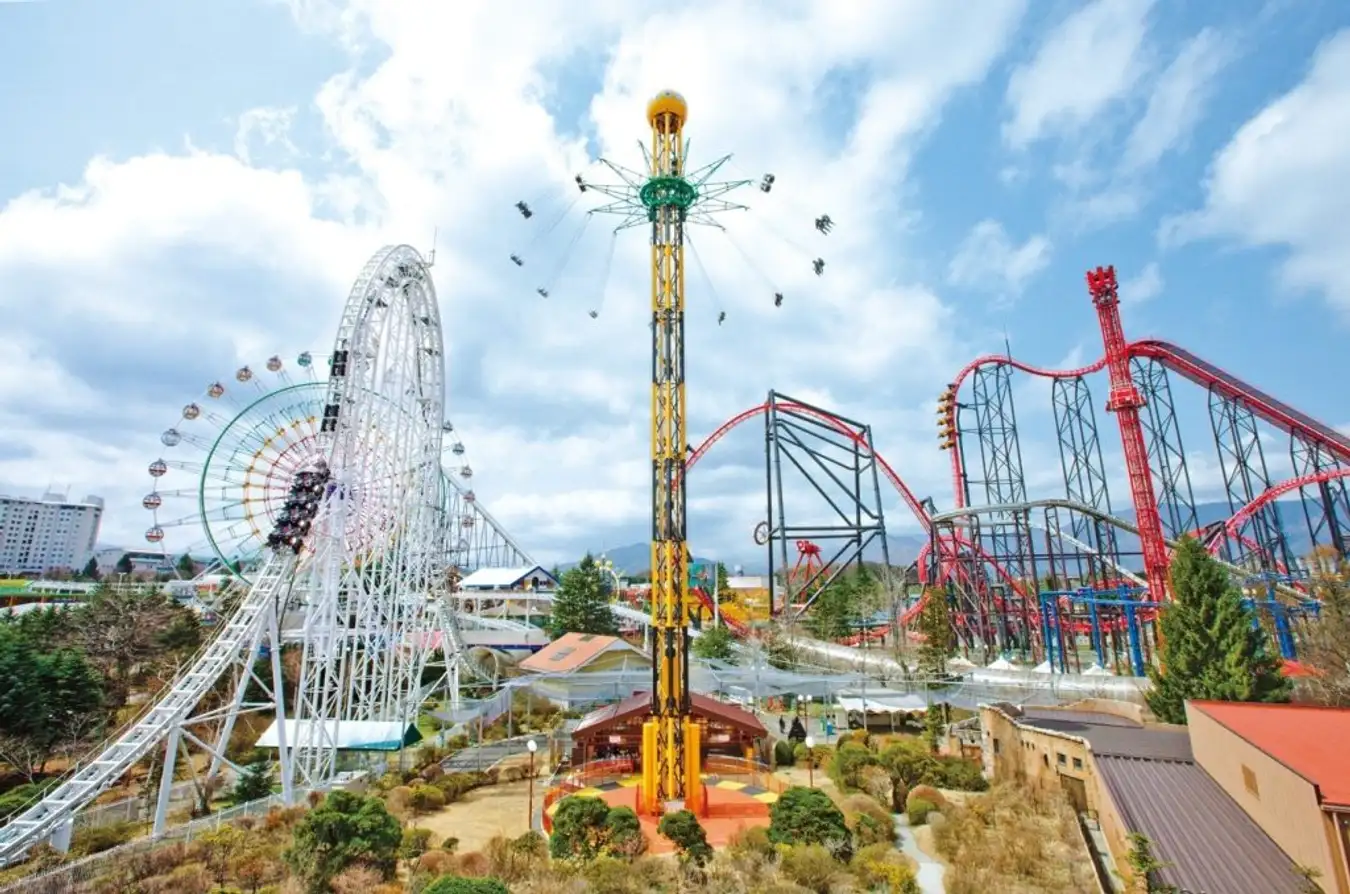
This is one of Japan’s most popular theme parks, located near the Fuji Five Lakes. This place is famous for its speed trains and horror rides including roller coasters and haunted houses. Fuji-Q Highland is also a place where children enjoy many other rides.
One place you should visit within this amusement park is the Fujiyama Museum, which displays works of art about Mount Fuji. Fujiyama hot spring is also nearby with traditional-style wooden bathtubs and outdoor baths.
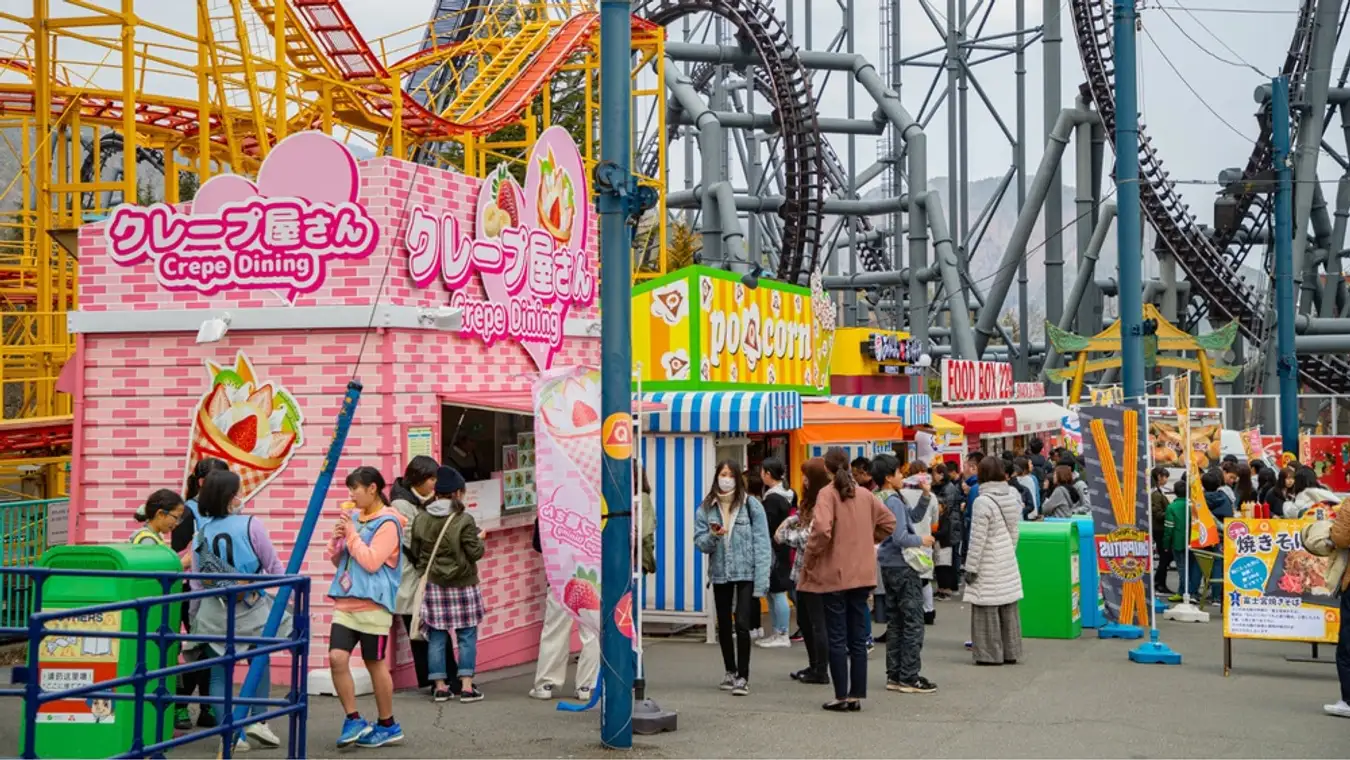

Besides, you should also not miss other entertainment activities such as the haunted hospital game or Ultimate Fort. With these experiences, you will have to go through dark hallways filled with scary mannequins or answer a series of difficult puzzles to find a way out of the maze. Entrance fee to Fuji Q Highland park is 7,300 yen/adult and 6,800 yen/ticket for children under 18 years old. The park’s operating hours are from 9:00 a.m. to 5:00 p.m. daily, except Wednesdays.

Erinji Temple
- Address: 2280 Enzanoyashiki, Koshu, Yamanashi 404-0053, Japan
Opened: 1913 - Hours: 8:30 AM–4:30 PM
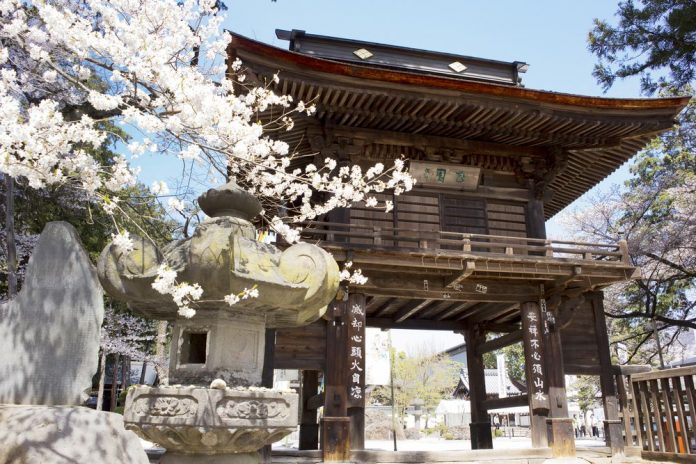
































![10 best airports in Asia in 2016 [RANKED] kuala-lumpur-international-airport-best airports in asia in 2016 by skytrax ratings](https://livingnomads.com/wp-content/uploads/2016/08/29/kuala-lumpur-international-airport-best-airports-in-asia-in-2016-by-skytrax-ratings-218x150.jpg)








